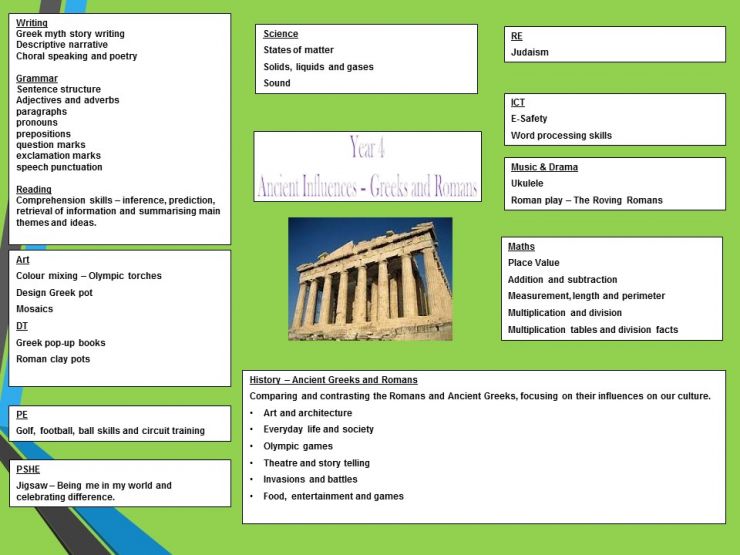
But if you are reading texts without punctuation (Some online texts strip off all the diacriticals - accents, breathing marks, iota subscripts, and diaerseis), then you have to figure out if any given statement is a question or statement of fact.

So you usually don't have to guess, unless you want to disagree with the editors. A colon or a semicolon is represented in Greek by a dot above the line. A question mark is represented in Greek by a semicolon. When you are reading Greek texts, the editors always put in punctuation. A period is represented in Greek by a period. YOU HAVE TO FIGURE IT OUT FROM CONTEXT, as Markos said. Stops in the form of points or commas are joined by the mark later known as punctus elevatus (:) and by the question mark (punctus interrogativus), of much the same shape as the modern one but inclined to the. 12th c.: Alcuin’s system reaches its perfection. But transliterate the eight characters that are more unusual as below, i.e., either as Unicode or as ASCII. The Greek punctuation system is supplemented by the Greek form of question mark ( ). Τhird, sometimes the word ἆρα (with the circumflex accent, not the word ἄρα) either starts the sentence or is the second word.įourth, sometimes indirect questions using words like ὅπως can be questions, but not have the question word flags.įifth, nothing. Encode Greek characters simply by typing with the analogous American keyboard keys to transliterate. Second, sometimes, not always, there are question words in the sentence like τίς, τί, πῶς, ποῦ, ποῖ.

Greek architecture worked with the natural landscape, instead of dominating it. Greek architecture imposed on and dominated the surrounding landscape. First, Questions are in the indicative mood, not the imperative, subjunctive or optative. Greek architecture used post and lintel construction.


 0 kommentar(er)
0 kommentar(er)
